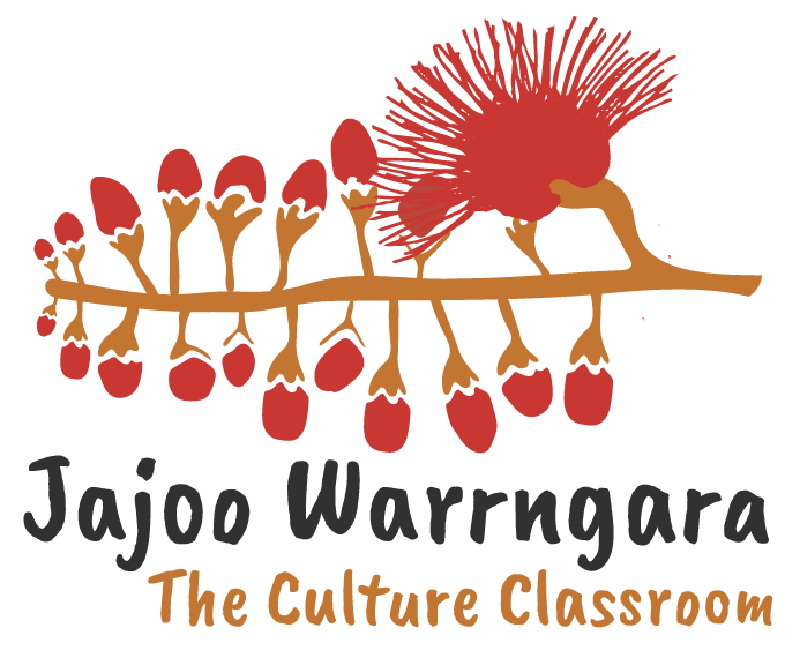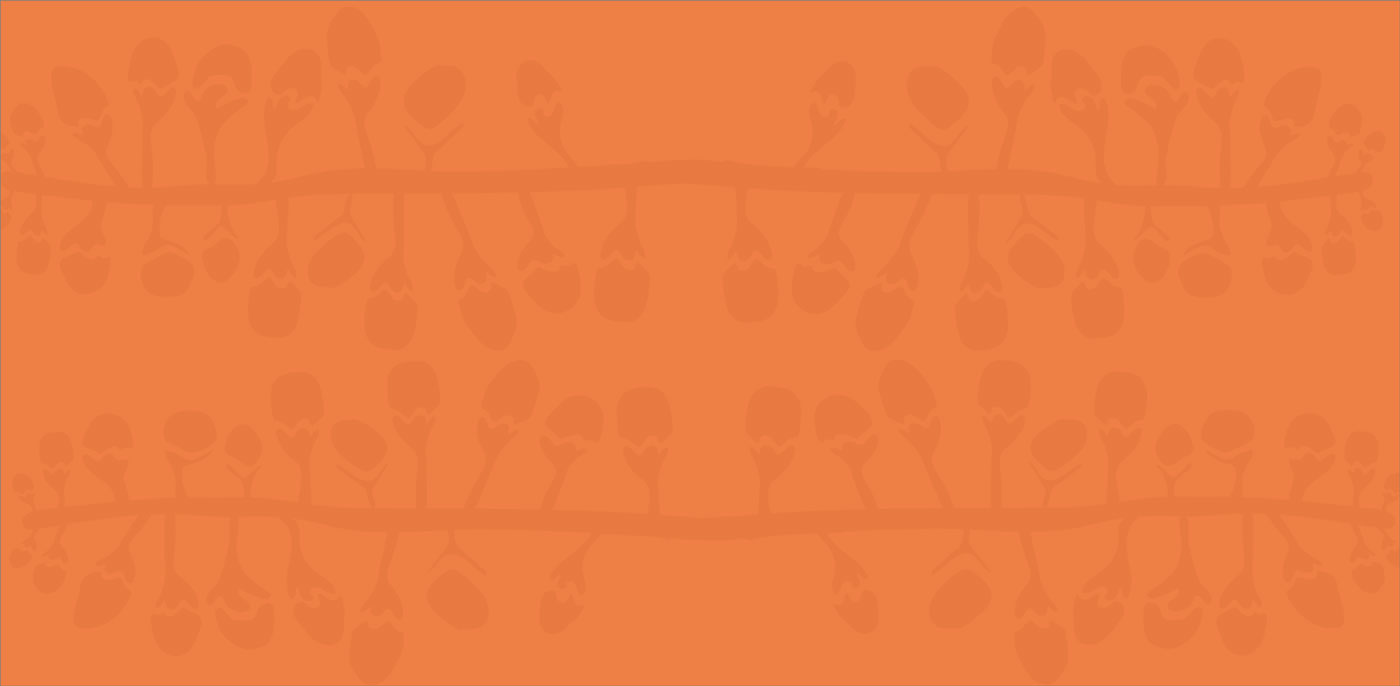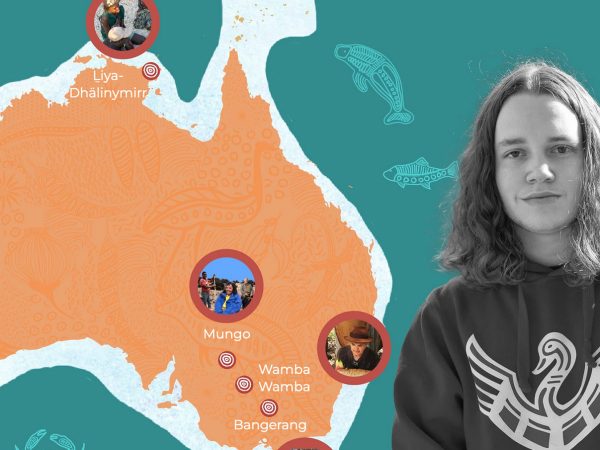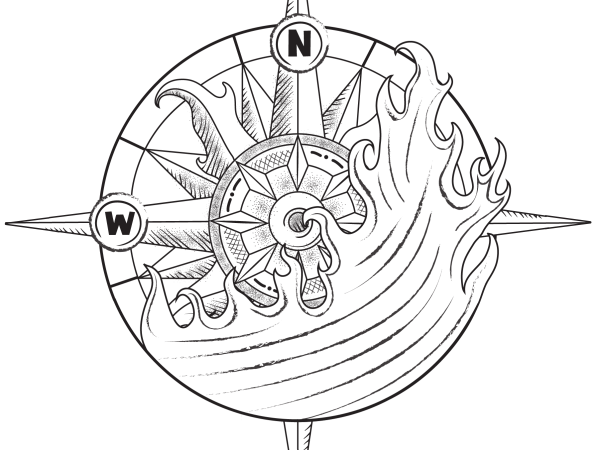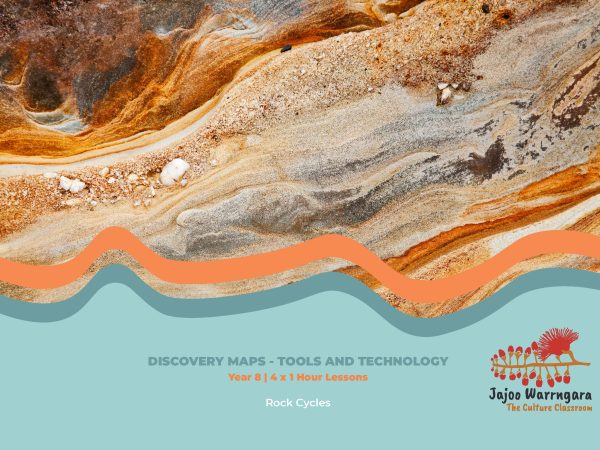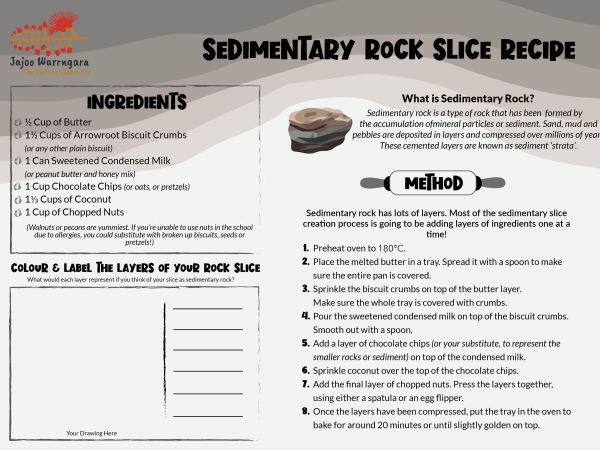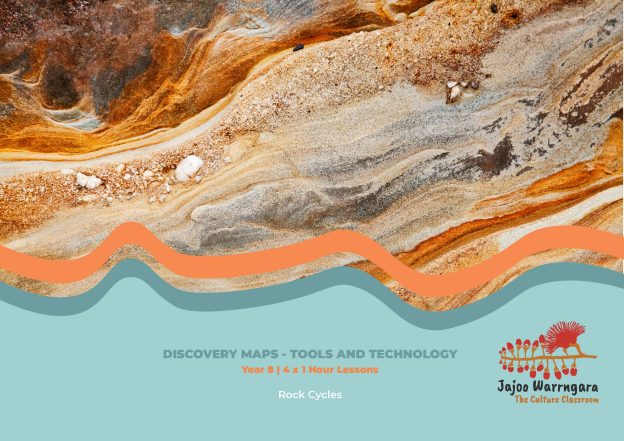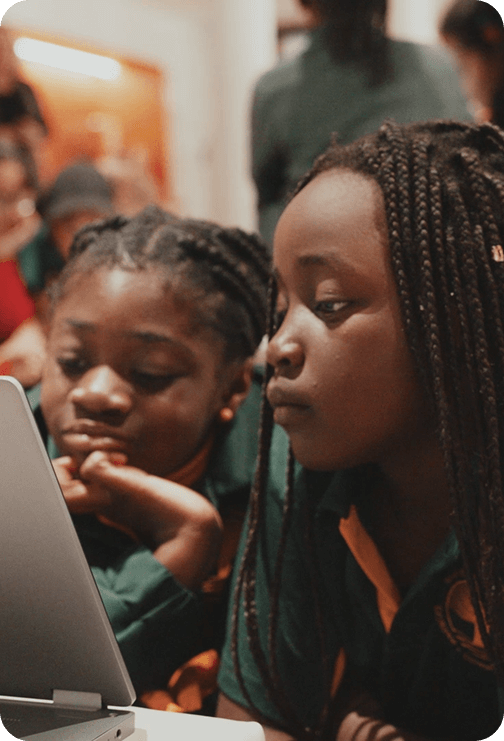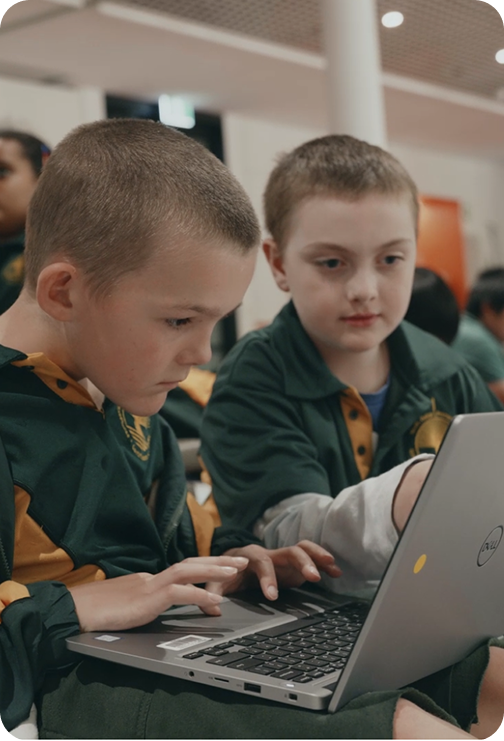Learning Areas
Geography | Sustainability | Science | Aboriginal and Torres Strait Islander Histories and Cultures
In this unit
This unit provides students with the opportunity to develop an understanding of how different types of rocks are formed, how they have been used by First Nations Peoples traditionally and in engineering today. Create a sedimentary rock slice to eat with the class or at home!
This unit includes:
Learning Areas
Cross Curriculum Priorities
Aboriginal and Torres Strait Islander Histories and Cultures
Sustainability
Related Units
Unit Content
